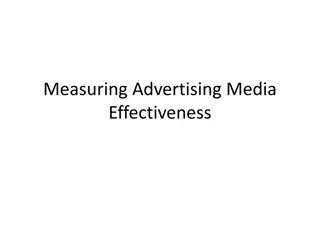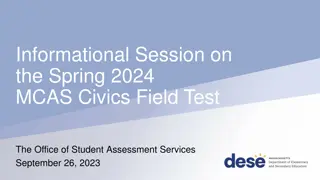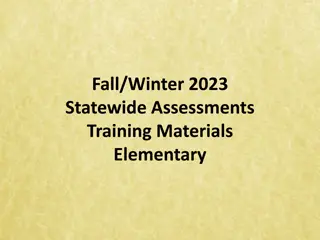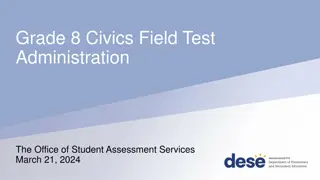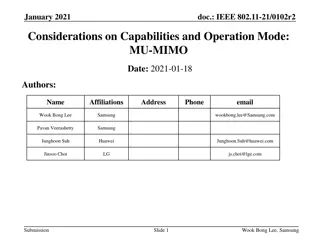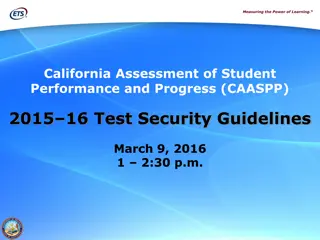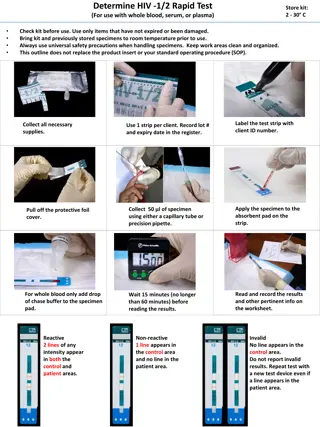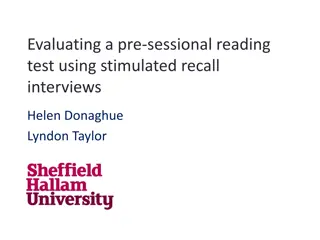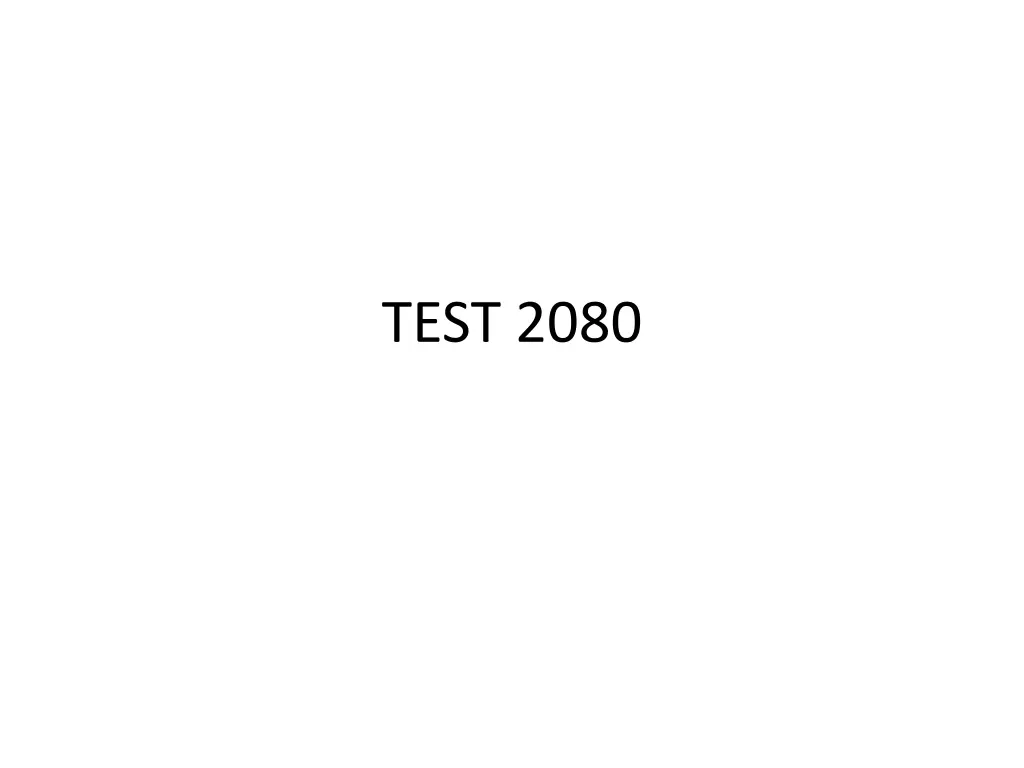
Specific Fighting Techniques and Maneuvers Explained
Explore the specific maneuvers and techniques of fighting, from logistics to tactics and strategy. Discover how the length of a line is measured and delve into the study of electronics. Learn about naval involvement in pollution control and identify celestial objects. Gain insights on different types of bleeding, historical events, and military protocols.
Download Presentation

Please find below an Image/Link to download the presentation.
The content on the website is provided AS IS for your information and personal use only. It may not be sold, licensed, or shared on other websites without obtaining consent from the author. If you encounter any issues during the download, it is possible that the publisher has removed the file from their server.
You are allowed to download the files provided on this website for personal or commercial use, subject to the condition that they are used lawfully. All files are the property of their respective owners.
The content on the website is provided AS IS for your information and personal use only. It may not be sold, licensed, or shared on other websites without obtaining consent from the author.
E N D
Presentation Transcript
1. What involves the specific maneuvers and techniques of fighting? A) Logistics B) Tactics C) Strategy D) Diplomacy
2. How is the length of a line measured? A) Miles B) Yards C) Inches D) Fathoms
3. Electronics is the basic study of ______________. A) space B) electromagnetic waves C) computer systems D) circuitry
4. The Navy is called upon to help eliminate oil pollution in US waters by working closely with the A) Department of Commerce and Defense Mapping Agency B) Federal Bureau of Investigation and Army Intelligence C) US Merchant Marine and the Defense Investigative Service D) Environmental Protection Agency and the US Coast Guard
5. Chunks of rock or metal orbiting in outer space are known as: A) Planets B) Meteoroids C) Asteroids D) Comets
6. What type of bleeding is characterized by steadily flowing dark blood? A) Capillary B) Venous C) Arterial D) Hemorrhage
7. In what year did France formally join America in her battle for independence? A) 1782 B) 1775 C) 1785 D) 1778
8. Another way of saluting when under arms is A) trail arms B) right or left-shoulder arms C) all of the above D) order arms
9. What mission was the last US lunar landing in 1972? A) Apollo 17 B) Pioneer 11 C) Mariner 1 D) Apollo 13
10. The United States declared war in 1941 on Japan after the Japanese attacked the US Pacific Fleet at A) Midway B) Guam C) Philippines D) Pearl Harbor
11. For which of these reasons should first aid kits contain face shields? a) To aid vision in accidents where there is heavy smoke b) To increase the effectiveness of mouth-to-mouth resuscitation and CPR c) To keep debris away from the victim s eyes and breathing passages d) To protect the rescuer against infectious diseases
12. Which of the following is NOT one of the phases of air warfare operations for a ship formation? A) Searching for, finding, evaluating, and reporting the enemy attack force B) Close-range defense by gunfire, short-range missiles, and evasive maneuvering C) Initial AW defense measures, distant from the force, including electronic deception, aircraft intercepts, and long-range surface-to-air guided missile fire D) Coordinator guides with direct communications and electronics the weapon systems of all ships involved with air defense
13. To align the company when in column, platoons in column, the command is A) Dress Left, DRESS B) COVER C) Ready, FRONT D) Dress Right, DRESS
14. On the spectrum-luminosity diagram, 98 percent of all stars presently observed by astronomers fall into what group? A) Supergiants B) White dwarfs C) Main sequence D) Giants
15. Marline is ____________, left-laid, tarred hemp about the size of household wrapping cord. It is most often used for serving, or covering, a large line for protection from abrasion. A) six-stranded B) three-stranded C) two-stranded D) four-stranded
16. On the command of execution of Countermarch MARCH, the entire Color Guard takes _________ step(s) forward with the _________ and executes the movement. A) One more, Left foot B) One more, either foot C) One more, right foot D) Two more, Right foot
17. Precipitation is A) dust B) rain, snow, sleet, hail C) nuclear fallout D) volcanic ash
18. When the mustering petty officer forms the platoon he/she takes how many paces in front of the point where the center of the platoon will be? A) 6 paces B) 3 paces C) 4 paces D) 2 paces
19. What instrument is used to obtain celestial sights? A) Chronometer B) Fathometer C) Sextant D) Stadimeter
20. Meteoroids that enter the Earths atmosphere are called A) meteors B) aerolites C) stellar fragments D) tektites
21. What are basic material conditions of readiness? A) X-RAY, YOKE, ZEBRA B) YOKE, ZEBRA, ALPHA C) ZEBRA, YOKE, ALPHA D) ALPHA, ZEBRA, YOKE
22. What term is used to refer to directing the use of resources to achieve team objectives? A) Development B) Management C) Leadership D) Logistics
23. What are the two extremes in philosophy of leadership? A) Leaders are made, not born/Anyone who can master leadership priciples can effectively lead. B) Leaders are born, not made/Anyone who can master leadership principles can effectively lead. C) Leaders must have natural talent and have mastered leadership principles to effectively lead/Leaders are born, not made. D) Anyone who can master leadership principles can effectively lead/Leaders are made, not born.
24. How are squads numbered in a platoon? A) Rear to front in line and right to left in column. B) Front to rear in column and from right to left in line. C) Left to right in column and from front to rear in line. D) Front to rear in line and right to left in column.
25. Which of these study techniques is not considered effective? A) Studying with a friend. B) Starting with the hardest subject. C) Making a weekly schedule. D) Listening to music.

